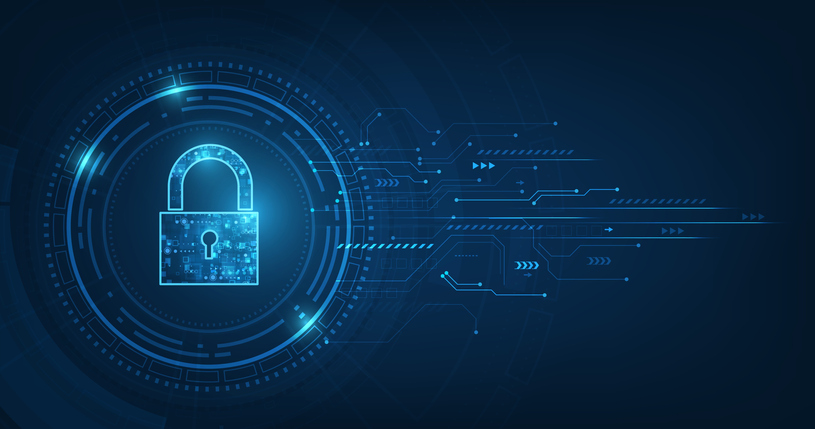
©Thitichaya Yajampa/iStock/Getty Images Plus
In the 1960s television series "Batman," the title character portrayed by Adam West wore a utility belt with a tool for practically every occasion, from the classic bat-a-rang to shark repellent spray. The proverbial “utility belt” of cyberheroes who protect their organizations’ data shouldn’t be quite as whimsical, perhaps. But a solid toolkit should support them in responding to nearly any cybersecurity challenge.
If you’re taking on threat actors and defending your company’s data assets, make sure you’re equipped with this critical cybersecurity toolkit.
Advanced endpoint detection
Because of the prevalence of malware, it is common to have some type of antivirus or endpoint protection solution in place within both home and business settings to protect against threats. Traditional endpoint protection solutions detect malware using signatures, known patterns based on contents, or attributes of malware or an infected file. As the variety and complexity of malware grow, however, tracking all known threats for signs of detection becomes practically impossible – and raises the risk of threat actors penetrating your systems. Enter advanced endpoint detection: These solutions not only track known signatures and patterns, they also apply behavioral analysis to seek out suspicious activity and anomalies, covering the potential cybersecurity gaps that result from a traditional approach.
Multifactor authentication (MFA)
For many small- and medium-sized businesses, along with some large ones, a single password of six to eight characters is seen as “good enough” – particularly for companies that don’t see themselves as a target. But organizations can significantly reduce the odds of a breach if they implement a strong MFA system with strong, frequently changing passwords and other means of authenticating users’ identities. Authentication can include everything from a keycard for accessing physical facilities to fingerprint-scanning devices.
Network segmentation
If an organization’s network is completely unified and traffic across that network isn’t monitored and controlled, anyone who breaches that network will likely feel like a kid in a candy store after hours: Everything is there for the taking. But with a segmented architecture, attackers won’t be able to romp through an entire network, grabbing any and all data they like. They’ll only have access to a segment, governed by a series of controls that keep it separated from the other parts of the network. This requires careful thought, planning, and execution. While it can seem daunting, the result is worth the effort.
Logging and monitoring
Even though you’re fortifying your networks and implementing strong authentication methods, your electronic data continues to be a target for threat actors. That means you need to be able to detect malicious activity. You might think you're sufficiently prepared, but an honest and impartial assessment might reveal vulnerabilities in areas such as e-mail forwarding rules and relay attacks. Don't be complacent: Focus on logging, monitoring, and having a process to identify indicators of compromise.
Insights on cybersecurity. Delivered regularly. Subscribe to our Cybersecurity Watch blog.